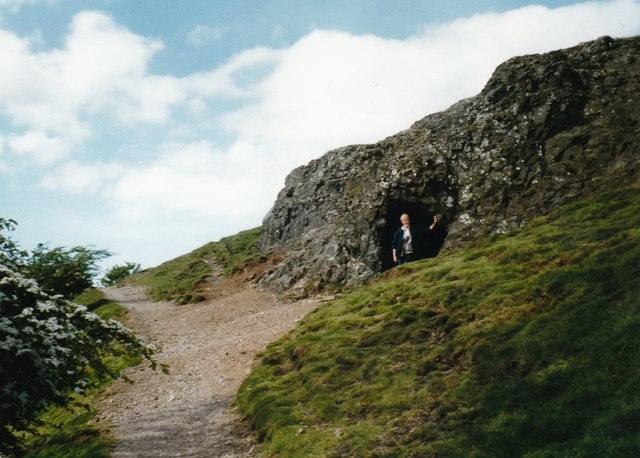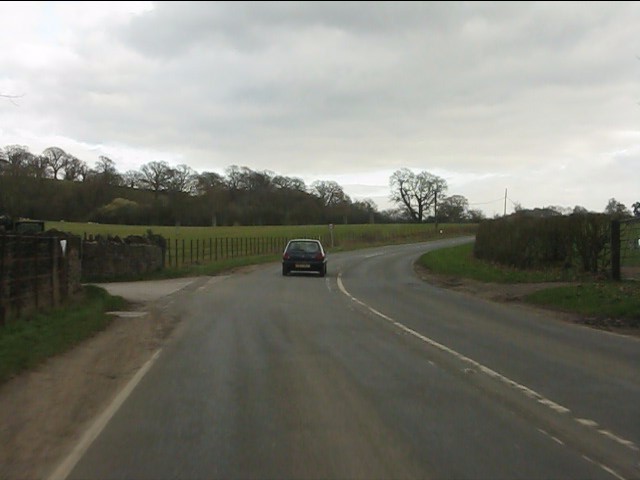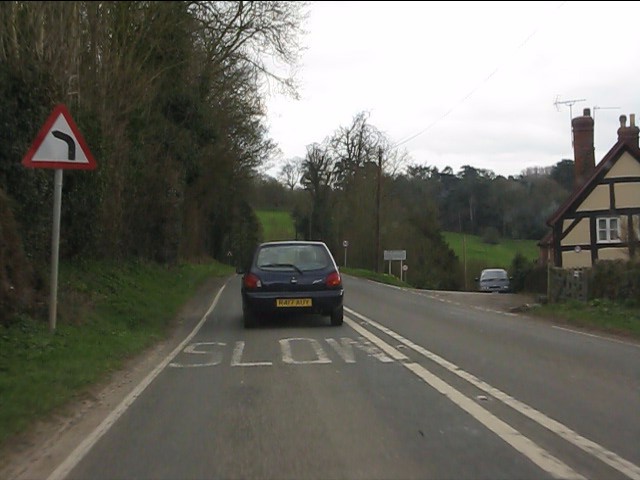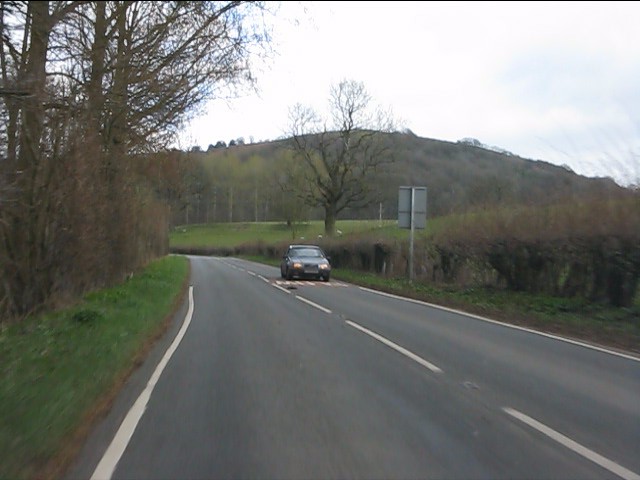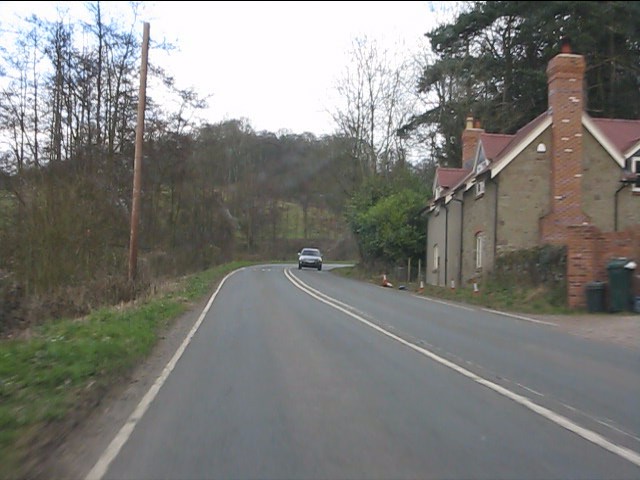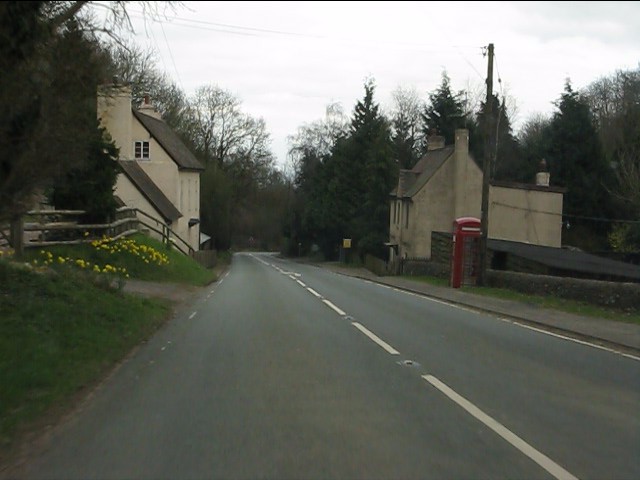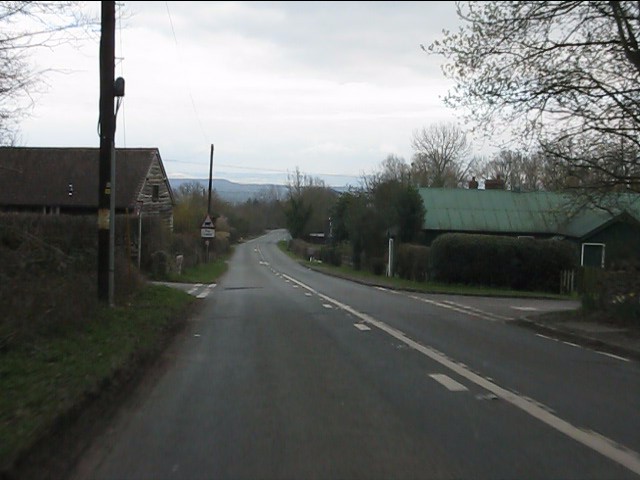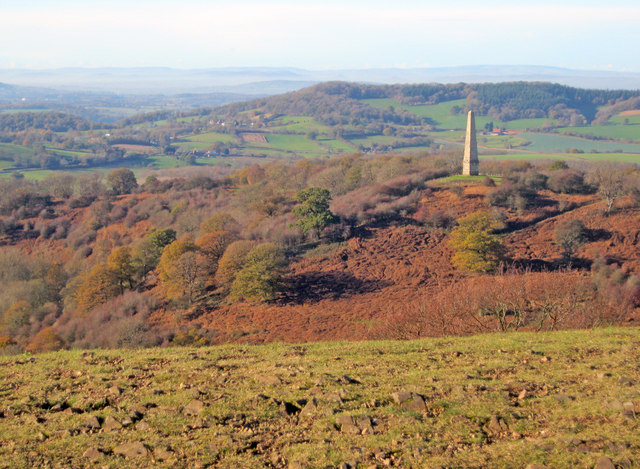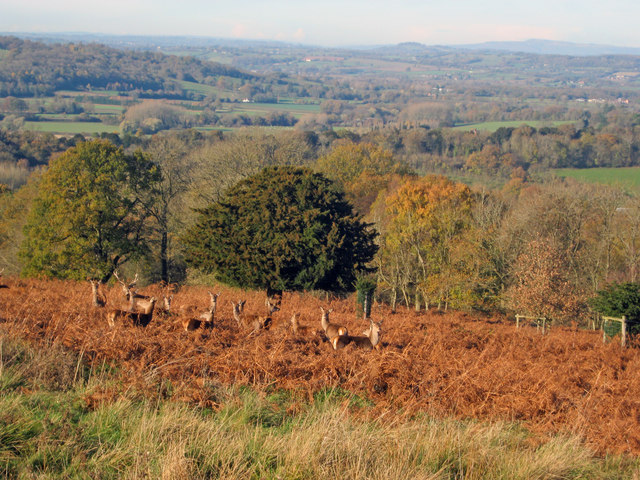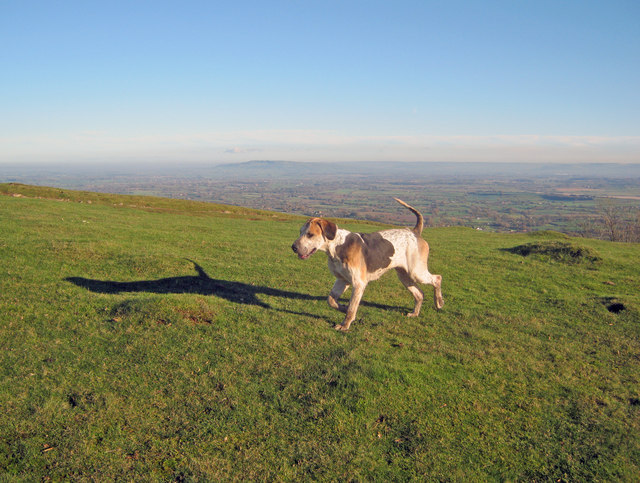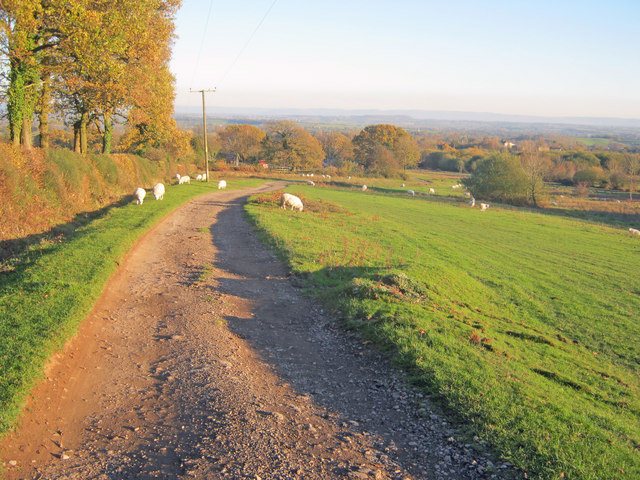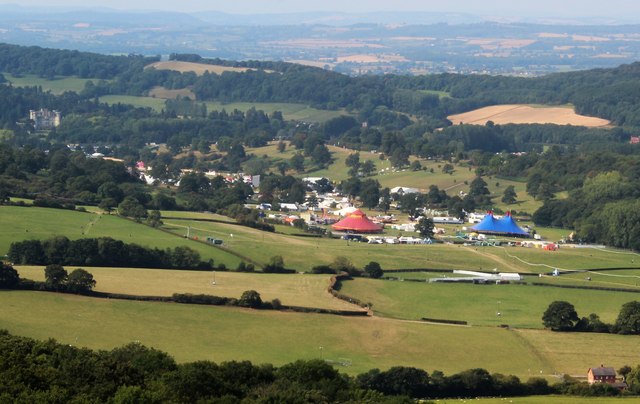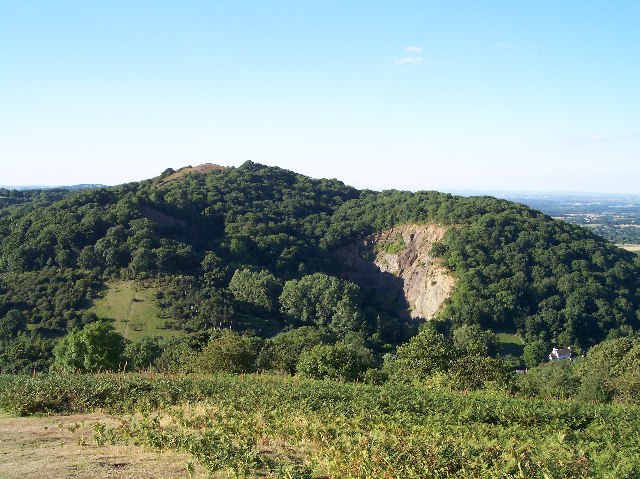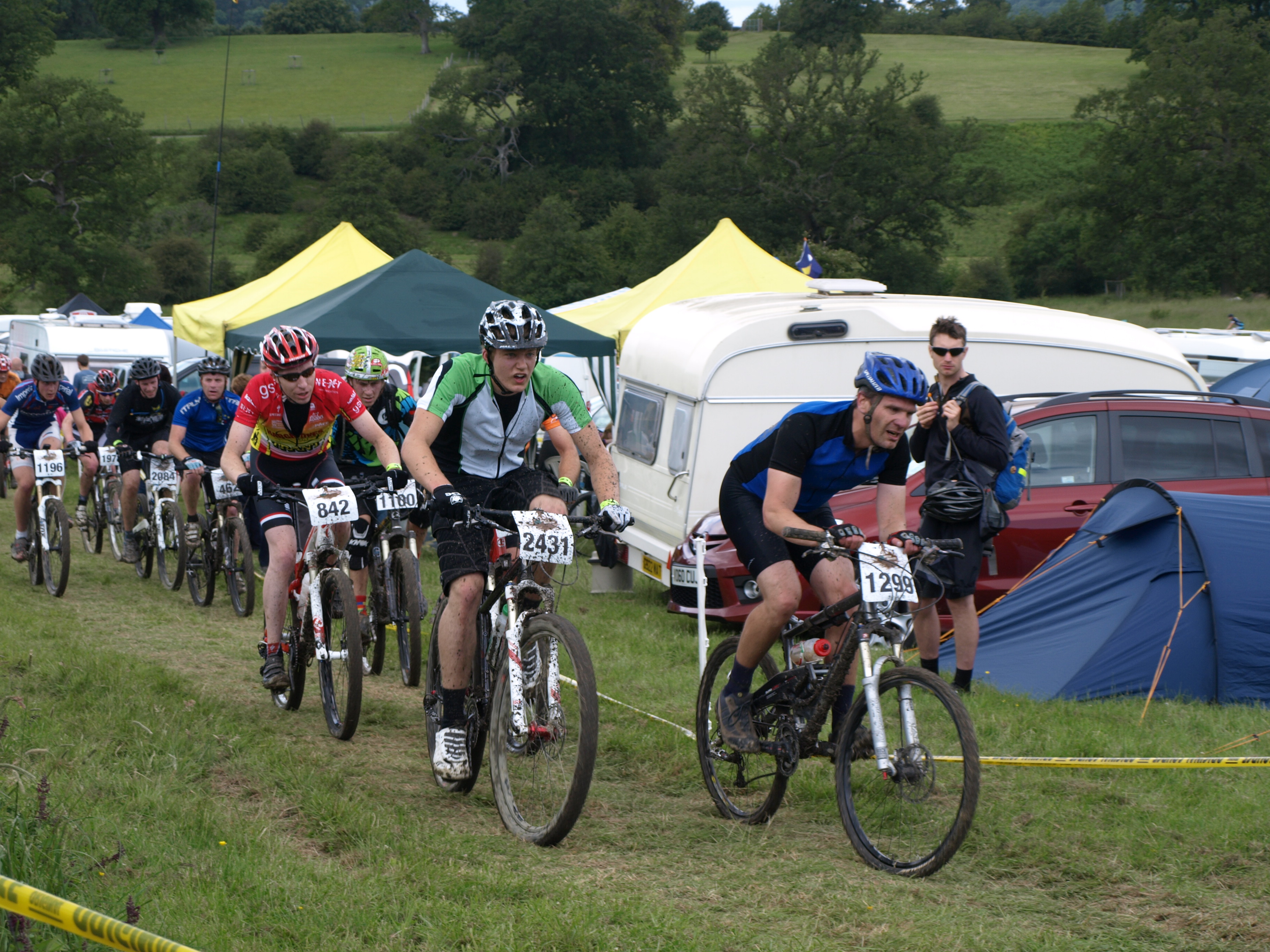Castle Coppice
Wood, Forest in Herefordshire
England
Castle Coppice

Castle Coppice is a picturesque woodland located in Herefordshire, a county in the West Midlands region of England. Covering an area of approximately 100 acres, this enchanting forest is known for its diverse range of tree species and breathtaking natural beauty.
The woodland is predominantly made up of oak, beech, and ash trees, which create a dense canopy that provides shade and shelter for a variety of wildlife. The forest floor is adorned with a carpet of bluebells and wildflowers during the spring months, creating a stunning display of color and fragrance.
Castle Coppice is a popular destination for nature enthusiasts and outdoor lovers. It offers numerous walking trails and pathways, allowing visitors to explore the forest at their own pace. The trails wind through the woodland, offering glimpses of wildlife such as deer, squirrels, and a variety of bird species.
The woodland is also home to a historic castle ruin, which adds to the charm and intrigue of the area. Visitors can explore the ruins and imagine the stories that once unfolded within its walls.
Castle Coppice provides a peaceful and tranquil escape from the hustle and bustle of everyday life. Whether it's a leisurely stroll, a family picnic, or simply a moment of solitude, this woodland offers a sanctuary for all who visit.
If you have any feedback on the listing, please let us know in the comments section below.
Castle Coppice Images
Images are sourced within 2km of 52.03727/-2.3567271 or Grid Reference SO7537. Thanks to Geograph Open Source API. All images are credited.

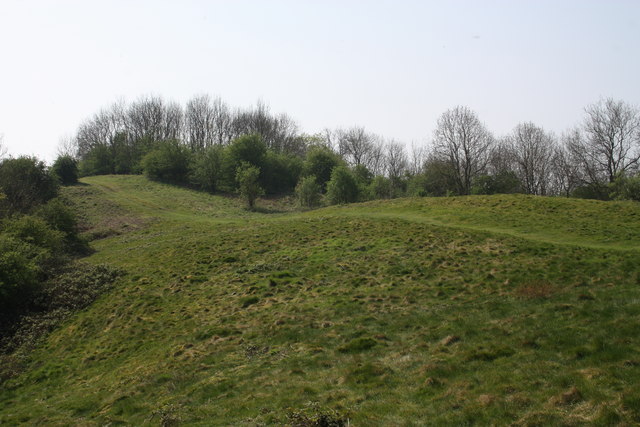
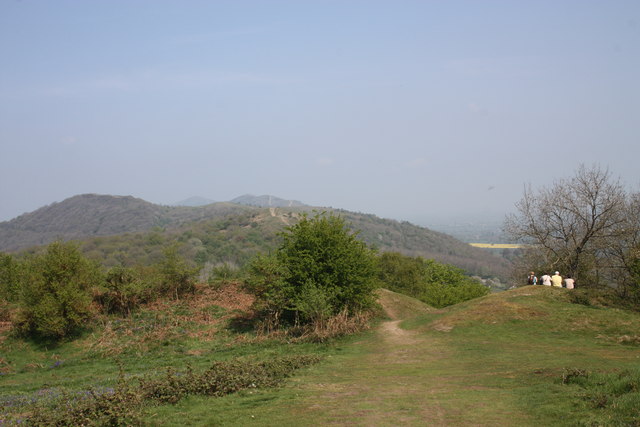
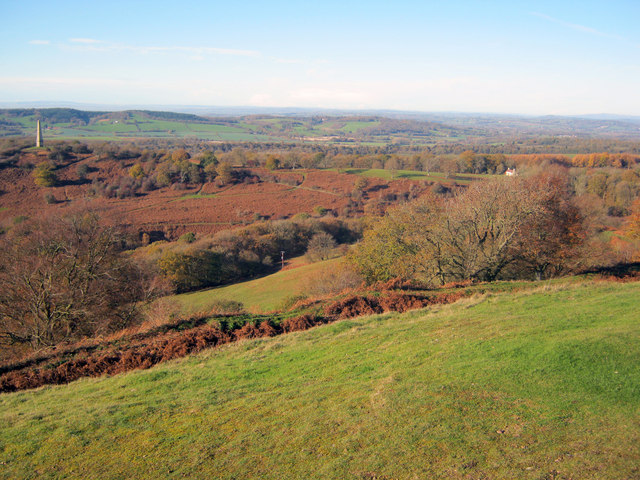
Castle Coppice is located at Grid Ref: SO7537 (Lat: 52.03727, Lng: -2.3567271)
Unitary Authority: County of Herefordshire
Police Authority: West Mercia
What 3 Words
///washed.goose.royally. Near Ledbury, Herefordshire
Nearby Locations
Related Wikis
Midsummer Hill
Midsummer Hill is situated in the range of Malvern Hills that runs approximately 13 kilometres (8 mi) north-south along the Herefordshire-Worcestershire...
Hollybush Hill
Hollybush Hill is situated in the range of Malvern Hills that runs approximately 13 kilometres (8 mi) north–south along the Herefordshire–Worcestershire...
Bronsil Castle
Bronsil Castle was a fortified manor house about 1 mile (1.6 km) to the east of Eastnor in Herefordshire, England near Ledbury). It is a Grade II* listed...
Hollybush, Worcestershire
Hollybush is a small village in Worcestershire at the southern end of the Malvern Hills and close to the borders of both Gloucestershire and Herefordshire...
Raggedstone Hill
Raggedstone Hill is situated on the range of Malvern Hills that runs approximately 13 kilometres (8 mi) north-south along the Herefordshire-Worcestershire...
Electromagnetic Field (festival)
Electromagnetic Field (also known as EMF, or EMF Camp) is a camping festival in the UK, held every two years, for hackers, geeks, engineers and scientists...
Mountain Mayhem
Mountain Mayhem is a 24-hour mountain bike race held in the UK. It has been held annually since 1998 and usually occurs on the weekend nearest to midsummer...
Swinyard Hill
Swinyard Hill is a hill in the Malvern Range, a line of hills that runs approximately 13 kilometres (8 mi) north-south along the Herefordshire-Worcestershire...
Nearby Amenities
Located within 500m of 52.03727,-2.3567271Have you been to Castle Coppice?
Leave your review of Castle Coppice below (or comments, questions and feedback).
